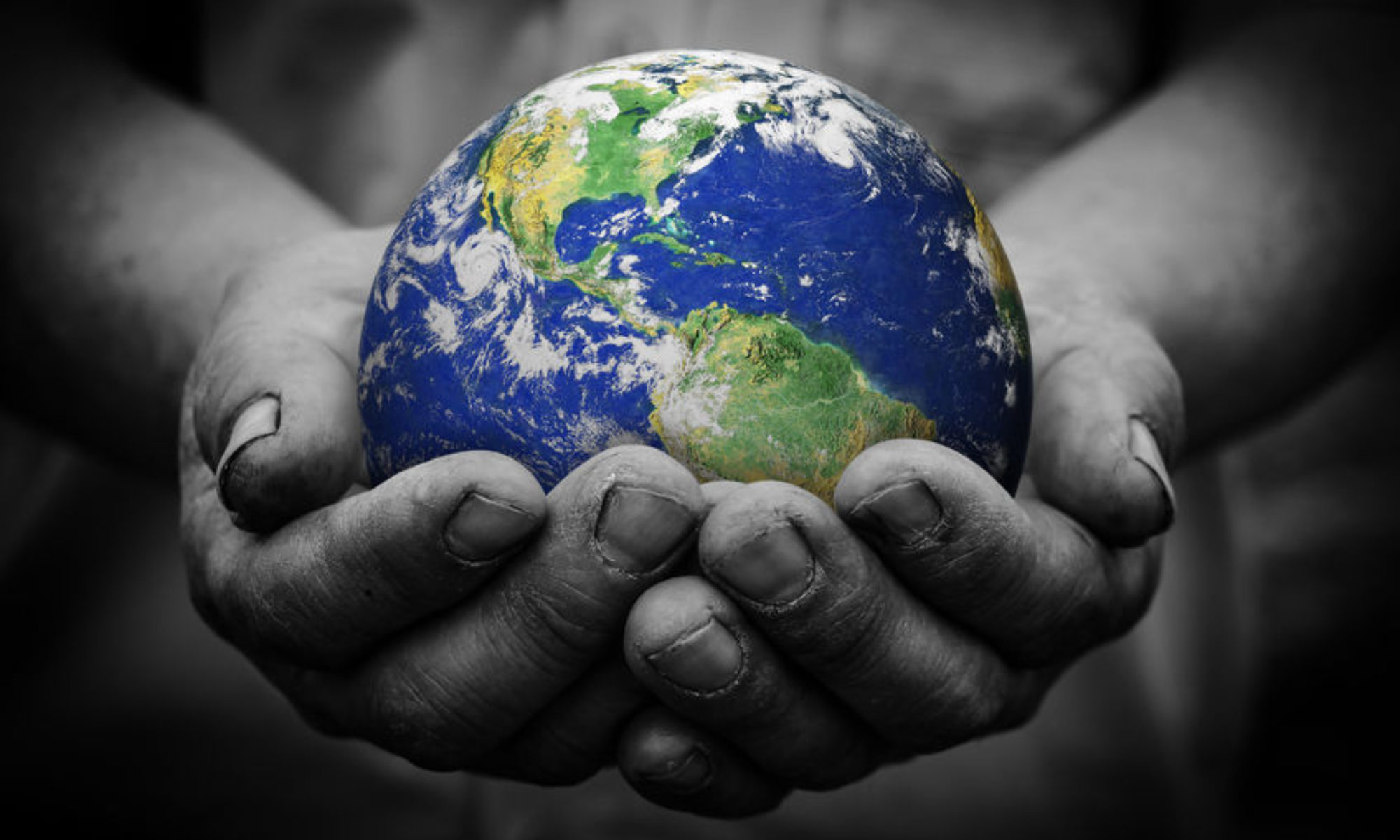A SUSTAINABLE PATH
 Sustainability and respect for the environment seem to be the characteristics of those who are about to make a journey on foot. In large part this assumption is true; moving without consuming fossil fuels and minimizing CO₂ production already seems a good result. Assuming that every action we take has consequences, we try to ask ourselves what impact our journey will have on sustainability and the environment.
Sustainability and respect for the environment seem to be the characteristics of those who are about to make a journey on foot. In large part this assumption is true; moving without consuming fossil fuels and minimizing CO₂ production already seems a good result. Assuming that every action we take has consequences, we try to ask ourselves what impact our journey will have on sustainability and the environment.
The first critical point is found in the consumption of water. The traveler usually reaches a new destination and a new welcome every day. Traditionally, even the most modest hotels provide the guest with bed linen and a couple of towels. If we calculate the amount of water and detergents, in addition to the energy required for washing, especially in periods of greater tourist flow, we find impressive figures.
Another sore point is the production of waste. Often during a journey on foot we encounter difficulties in sorting our waste and many harbor the mistaken belief that a little unsorted plastic does not cause any damage. It is always necessary to think about the macroscopic terms. Anyone who has emptied the bins of a hostel on the French Camino can testify to the amount of recyclable material that is thrown away without any differentiation by people who, for the particular type of path chosen, should take the utmost care of the environment.
To limit the impact of our trip on the environment, therefore, and to maintain the sustainability of this path, it is important to use accommodation facilities where you can use your own sleeping bag and towels.
Another interesting solution that is gaining ground on routes with greater environmental fragility: once a reception facility with a low environmental impact has been identified, it is to return to it at the end of each stage. Frequently the different stages of a route have a limited length (20 – 30 km.) And are located on a line served by public transport. It is certainly not a disadvantage to travel two or three stages returning, perhaps using the train service which is the one with the lowest CO2 emissions. This way of understanding the walk also makes it possible to move with a lighter backpack and therefore makes the path accessible even to less trained subjects.
 In several European countries it has become customary for those who walk the paths to equip themselves with a bag in which to store the waste they encounter. A small contribution to our poor planet and a virtuous example for those who do not know how to look outside their own garden. Yes, we can do it!
In several European countries it has become customary for those who walk the paths to equip themselves with a bag in which to store the waste they encounter. A small contribution to our poor planet and a virtuous example for those who do not know how to look outside their own garden. Yes, we can do it!
As we said, our every behavior has economic and environmental consequences. Large production of pollutants and CO2 comes from intensive cattle and pig farming and this would suggest avoiding or reducing the consumption of these meats. Intensive agriculture is another big problem: large extensions of greenhouses, a sea of plastic and chemicals. We are millions and the only way we have to influence the economy and politics is to make reasonable and sustainable choices over time. We are the market. Let’s behave in an environmentally friendly way and demand services consistent with this choice. Every little gesture can help make the world a better place.